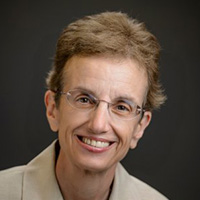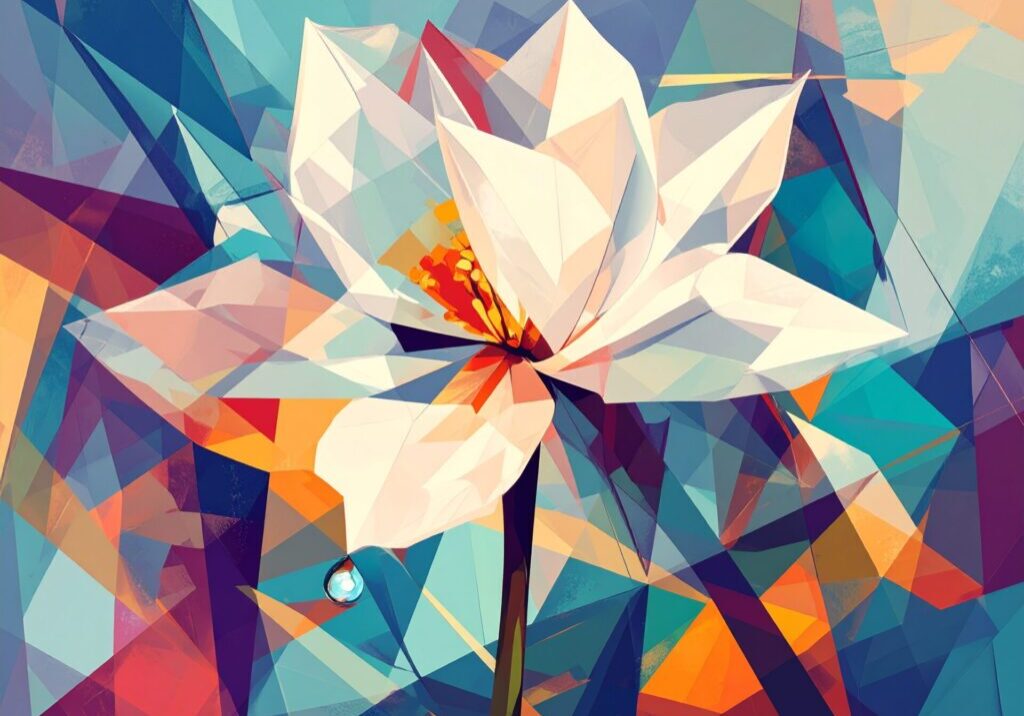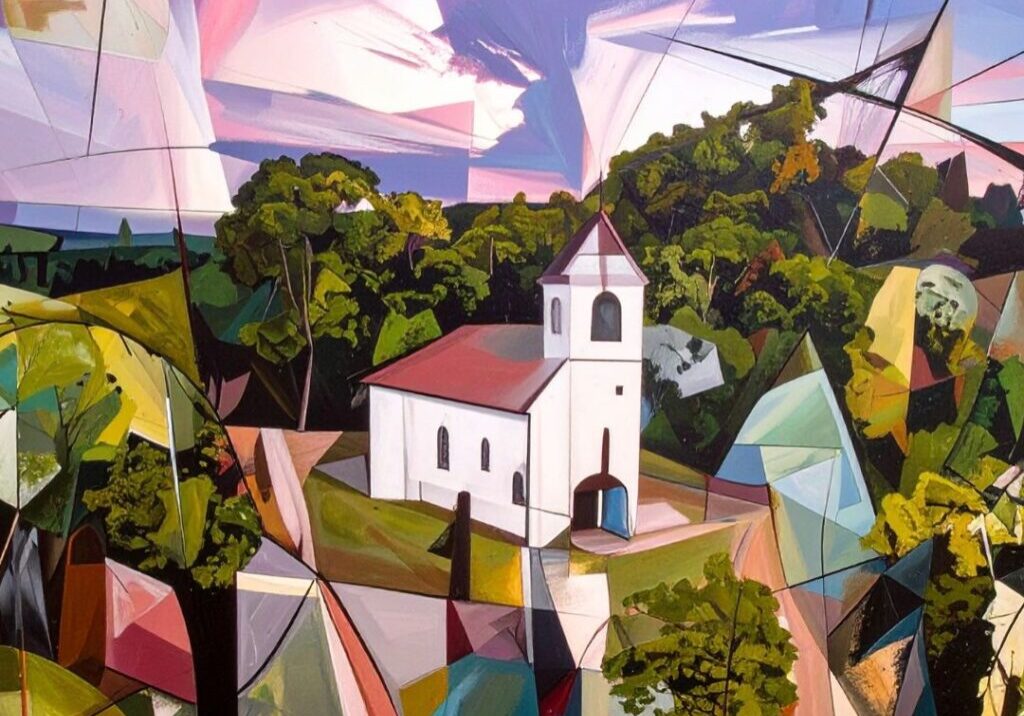Finding Our Way into A New World
 As many of you know by now, my bike accident last summer yielded a very challenging concussion and the persistence of a head injury that just doesn’t want to settle down. This blow to the head was compounded by previous head injuries, all due to the fact that I didn’t make the mind-body connection a priority in the past. Instead, I allowed my mind to wander around a storehouse of ideas while pedaling down narrow walkways or steep hills, only to land head-first onto concrete pavements. Although I could have learned some basic lessons about the mind-body connection by reading a book or talking to an expert, I learned these lessons the hard way –by falling off a bike, in a humpty dumpty sort of way, needing to be put back together again. The most interesting outcome of this experience is that traditional (allopathic) medicine proved unable to help me. Every test indicated that there was ‘nothing wrong’, yet, I knew my head was injured.
As many of you know by now, my bike accident last summer yielded a very challenging concussion and the persistence of a head injury that just doesn’t want to settle down. This blow to the head was compounded by previous head injuries, all due to the fact that I didn’t make the mind-body connection a priority in the past. Instead, I allowed my mind to wander around a storehouse of ideas while pedaling down narrow walkways or steep hills, only to land head-first onto concrete pavements. Although I could have learned some basic lessons about the mind-body connection by reading a book or talking to an expert, I learned these lessons the hard way –by falling off a bike, in a humpty dumpty sort of way, needing to be put back together again. The most interesting outcome of this experience is that traditional (allopathic) medicine proved unable to help me. Every test indicated that there was ‘nothing wrong’, yet, I knew my head was injured.
I was put in touch with an Osteopathic physician, first in PA, and then in DC, and through them was introduced to the art of cranial sacral therapy. There is a long history of Osteopathic medicine but in the early 1900’s William Sutherland came to the conclusion that skull bones were capable of shifting, a view disparaged by traditional medicine at the time. A visionary and pioneer, sensing the far-reaching spiritual implications of his findings, Sutherland developed a treatment method making him the grandfather of cranial osteopathy. The entire craniosacral system, from the sutures in the skull to the spinal cord, cycles about six to ten times a minute, like a tidal wave, causing tiny movements measuring no more than one-or two-sixteenths of an inch. Like a hydraulic system, the components work together to regulate the pressure of these fluids on the brain. When the membranes and lubricating liquids lose their freedom to glide freely, symptoms start to develop. Craniosacral therapy helps the body to re-establish an unobstructed wave, like a single pulse flowing from cranium to sacrum, which is how symptoms eventually disappear.
As I began to learn of cranial sacral therapy, I became fascinated by the notion of fascia or interconnective tissue throughout the entire cranial-sacral system. The body is like a web of interlacing structures in which the fascia undergirds a web of networked relationships. Cranial sacral therapy (like Osteopathic medicine in general) takes the whole person as a starting point for the treatment of any one particular problem. While undergoing this therapy, I received a book called, Everything Flows: Towards a Processual Philosophy of Biology. The authors seek to establish a new understanding of biology based on process reality, such as expounded by Alfred North Whitehead. Process reality begins with relationships, that is, relationships form entities. Everything Flows is a fascinating read of physiology, genetics, developmental biology and medicine as process sciences rather than reductionistic sciences. Processual biology views living organisms as networked structures, in which parts are interconnected wholes, and whole-parts affect other whole-parts. Processual biology claims that the right way to understand the living world at all levels is as a hierarchy of processes rather than of separate and individual entities. Organisms are complex systems of organized and stabilized processes. Central to the process is the idea of change. A process depends on change for its occurrence. Traditionally, change has been construed as something that happens to things, or substances, typically conceived of as durable, integrated entities that are not dependent on external relations for their existence. Scientists are now beginning to understand change as part of the structural flow of processes within biological systems. An organism persists precisely by not remaining the same; things must change to retain identity.
Interestingly, biology seems to be catching up to quantum physics in which networked relationships, whether of energy fields or cranial sacral fields, find mutual support. Matter is not substance, and material things do not form relationships. Rather, the physical world is a giant interlacing network of complex levels of matter and energy intertwined and expressed in particular forms of entities. Underlying the complex strata of physical reality is consciousness; mind is woven into matter and mind- matter is oriented toward spirit.
Now, this may not seem obvious, but processual biology calls for processual religion. Teilhard de Chardin thought of religion as a biological phenomenon—not a supernatural act of God, but the depth dimension of the physical cosmos. The whole cosmos, recapitulated in the human person, comes into direct awareness of divinity on the level of self-consciousness—and consciousness itself is a product of evolution. Religion emerges with awareness of divinity; the dawning of God in evolution. God is the ultimate divine reality pulling evolution toward the expansion of consciousness. As one of my eighteen year-old undergraduates wrote: “To embrace evolution is not to shun religion. To embrace evolution is to rely even more on religion, as the next step in evolutionary consciousness can only come about through being pulled closer to God.” If the human body is a processual flow of interlacing networked systems, then we can begin to imagine the Body of Christ as a cosmic interlacing flow of bodies, minds, hearts, woods, trees, water, sky, flowers, earthworms, and God’s life, all interlocking, interlacing systems of matter-energy empowered by the fascia of divine love. Even the terms “interior” and “exterior” are old in this paradigm. Rather new concepts such as networks, open systems, feedback loops and energy flow are more appropriate to describe relationships because, in truth, the human person is woven into the entire earth community. The poet Maria Rainer Rilke captured this idea in his poem “Outer World Within”:
Through every being single space extends
Outer space within. Through us the birds
Fly silently. Oh, I who’d grow,
I look outside and in me grows the tree.
Like Rilke we can begin to realize that in me the birds fly, the trees grow, and the rain pours down upon the earth, as my mind beholds my body which is the world of all living things. God is like the fascia of the body, the power of divine love drawing the interstitial spaces of interlocking entities into a processual flow of being. In this paradigm, religion is a biological phenomenon because God is part of the processual flow of life. As God empowers matter and matter comes into the presence of God, God, cosmos and humans are drawn into a cosmotheandric wholeness.
I am writing this blog at the end of a challenging semester but a good one. I had the opportunity to discuss Teilhard’s vision with both undergraduate and graduate students. I am fascinated by the many notes I received from my undergraduate students, indicating that the most enlightening thing for them was the integration of religion and science. As John Paul II wrote in his 1988 Letter to Father George Coyne, SJ: “Science can purify religion from error and superstition; religion can purify science from idolatry and false absolutes. Each can draw the other into a wider world, a world in which both can flourish” (http://www.vatican.va/content/john-paul-ii/en/letters/1988/documents/hf_jp-ii_let_19880601_padre-coyne.html).
One young man, who identified himself as atheist, sent this note with his final exam: “First of all, I would like to thank you for a fantastic and enlightening semester. As I had mentioned during our last class, I am an atheist, but to be more specific I am an existentialist and I believe in the power of human subjectivity for each of us to create meaning for our lives. However, I had also mentioned the importance of learning how to see or even argue for both sides of a topic during a discussion and this class took a fascinating dive into the views accepted by process theology, which I had never encountered before. It was rather interesting seeing Christian views that are not widely accepted or discussed by the Church, and as an atheist it is interesting to be able to discuss Christian ideas and topics that are quite different from what I understand most Catholics think and believe based on how I was raised (as a Roman Catholic). I just wanted you to know how valuable this class can be to anyone, no matter what their religious background or current beliefs may be. Thank you again.” This smart young man will hopefully continue to reflect on Teilhard’s vision of God and cosmos, and perhaps come to worship God in a new way, as part of a processual flow of cosmic life.
For in truth, younger generations are digital natives; they are born into a networked world. The only religion that will make sense in the 21st century is religion reborn as process reality, where God is integral to the dynamic changes of life. The Church continues to shield itself behind a wall of medieval theology, even though it expresses earnest interest in the sciences. However, all institutional religions are static and fixed and cannot endure, unless they open up to a God of evolution. God is not limited to an institution; rather, God is an elusive mystery of unspeakable love, a power of life that transcends the small hands of human control. Religion will rise up in a new way and will be reborn in a new paradigm of evolution. To be religious will be to live in the art of letting go and engaging new structures of relationships of life. I believe that the human spirit will be liberated by the power of love.
 View print-friendly version
View print-friendly version
9 Comments
Related Posts

Mission for an Evolutionary Christianity
We are living through tumultuous times. Political polarization intensifies, violence against vulnerable populations escalates, and the foundational principles of human dignity face erosion. For many, the cognitive dissonance between professed…


On this Pentecost Sunday how appropriate your blog Sr Ilia.I want you to know that your message is alive and kicking in Ireland, (North0
There is a scene in the movie Nomadland where a nomad recalls a scene of swallows nesting in a cliff and flying above and below her. She feels like she is flying among them. She remarks that this is enough to make her happy for a life time. rilke’s poem and Ilia’s explanation made me think of it. Ruth Droege
This brilliant article makes sense of transformation; it invites that concept into ordinary (extraordinary) life, whether researching complex realities or having coffee!
My thought and prayers are with you.Ilia.
https://www.youtube.com/watch?v=3tSKVt3ys-4
makes one want to sing…
Thank you, Sister Ilia! Brilliant, hopeful and healing! I loved your fascia analogy…made all my college anatomy and physiology classes come alive 40 years later! My favorite insight you shared is “The body is like a web of interlacing structures in which the fascia undergirds a web of networked relationships.” So grateful for your writings, visions and synthesis of science and religion.
Peace and All Good, your friend in Duluth, Minnesota ?
Yes, Ilia. Thank you for this powerful metaphor–that arises through your own physical suffering and healing process. I want to dedicate my life to sharing this Christocentric, Teilhardian concept of fascia -like connection, complexity, consciousness in and among God-human-creation-cosmos interactions. Individuality, unity, love, dependency…evolving on and perhaps beyond this beautiful blue marble on which we have been given life!
The heritage of humans is to live totally in the realm of effect, of the sensory, or empirical. Modern medicine (materia medica) is based on its instruments, however blunt. Like a fisherman’s net, the sensory net is made of more holes than strings, so the finer, more nuanced living realities flow continuously through it undetected. Not so with a spiritually awakened person whose extrasensory net has more strings than holes. That person can see things as separate (sensory), but feel them as one (extrasensory), accompanied by a feeling of euphoria. Divinity forever evolves consciousness toward an awareness of itself on an ascending and descending Jacob’s Ladder of energy flow. As written in ancient Sanskrit, “God sleeps in minerals, awakens in plants, walks in animals, and thinks in man.” Only when thinking energy transforms into loving energy will humanity bind its personal and collective wounds.
Absolutely Ilia!
As a Board Certified Chaplain working bedside, it is so obvious that our spiritual bio-chemical plant is part of the Cosmos’ fractal, totally integrated with ALL that is, despite medicine’s futile attempts to dis-integrate it.
We struggle with even getting the medical community to understand that the spirituality of the person (as your undergrad student articulated so well) must be part of medical care, so that the healing of integrative whole person care can occur.
PS, my own TBI began a series of phenomenal mystical experiences of ALL that is… perhaps some day i will write the book about “God of the Darkness, what if…”